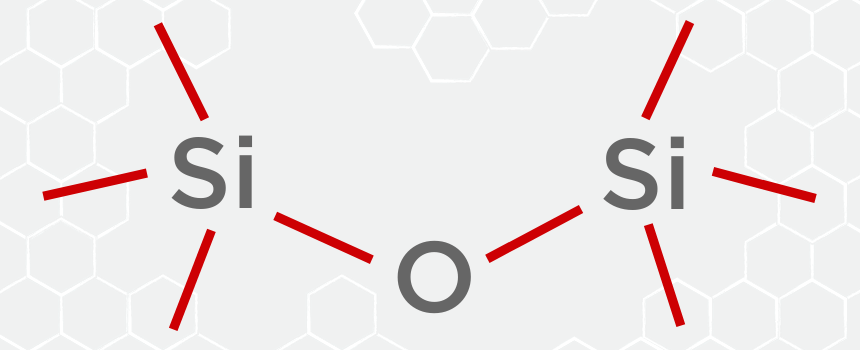On a molecular level, siloxanes are a chain of alternating silicon and oxygen atoms with an alkane compound. They are the building blocks for silicone products and are used in a wide variety of applications: sealants, adhesives, coatings, plastics, cosmetics, hygiene products, and others (Global Silicones Council). They come in different particle sizes, shapes, chemical groups, and molecular weights. Siloxanes are popular for many applications because of their flexibility, abrasion resistance, and heat resistance. Other properties of this synthetic compound include low chemical reactivity, low toxicity, and excellent resistance to oxygen, ozone, and ultraviolet light.
Aside from their desirable qualities, siloxanes are very problematic in the biogas purification process.
When products containing siloxane are disposed of into landfills and biogas treatment systems, the lighter weight molecules vaporize and are released into the biogas. This is a problem because combustion is required in order to utilize biogas as an alternative source of energy. During the process of combustion, the siloxanes in the biogas turn into silicon dioxide and sand. The residual sand can be deposited in the equipment during the combustion stage or preceding stages of the purification process (SWANA Symposium). The buildup of sand can lead to decreased efficiency, increased operating costs, and equipment failure. To prevent equipment from being damaged during this process, adsorbents are commonly used to remove siloxanes from the gas stream.


